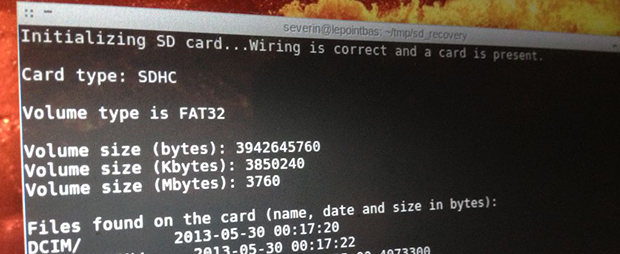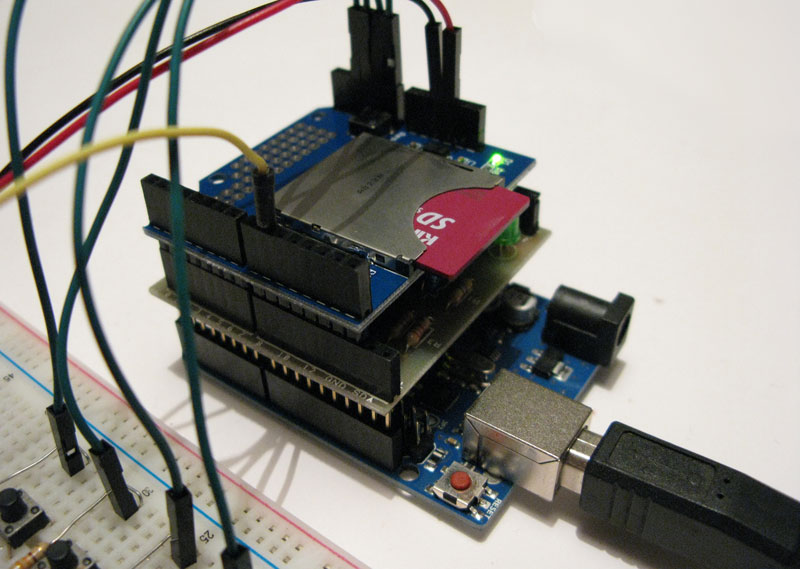
Following the announcement of the new Yún image, we are happy to announce two new features of the Arduino Yún.
- The first feature allows you to use a micro SD card as a replacement for the Yún’s internal flash memory. We have a tutorial that demonstrates how using this expands your Yún’s free disk space from the original 7 Megabytes to the available Gigabytes of your SD card.
Having more disk space allows you to make more complex projects, like activating webcams and saving pictures taken with it. In addition, by using an external SD card you avoid using the internal flash memory, thus extending the life of your Yún.
To upgrade your Yún to access this feature, follow the tutorial. Report back to the Arduino Yún forum if you have any issues or questions.
- The second new feature is the availability of Node.js as an installable package.
In order to install Node.js on your Yún, use the Arduino IDE to upload the YunSerialTerminal example or access your Yún via SSH.
Be sure your Yún has access to the internet, then type the following commands:
opkg update
opkg install node
And voilà! You’ve got Node.js on your Yún.
Try it out with the following command:
node -e "console.log('Hello_Yun')"
If you are a Node.js fan, you probably want to use your favourite modules. Unfortunately, not every Node.js module is “pure javascript”, so some modules won’t work on the Yún. We are solving this by preparing packages for the most common native Node.js modules. We have already prepared node-serialport (opkg install node-serialport) and noble is on the way. If you miss your favourite module and want it added to the list, please consider joining us in developing the Yún.









